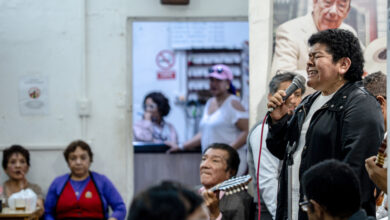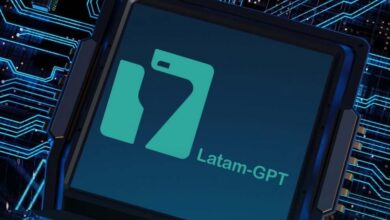Regional Elections in Peru: an Omen of the Departure of Pedro Castillo
Rafael López Aliaga consolidates himself as the virtual mayor of Lima and consolidates the defeat of President Pedro Castillo's party in the regional elections in Peru. The fact makes one think about a possible ultra-conservative presidency in Peru

Photo: TW-PedroCastilloTe
LatinAmerican Post | Santiago Gómez Hernández
Listen to this article
Leer en español: Elecciones regionales en Perú: un augurio de la salida de Pedro Castillo
Peru experienced last weekend an election day plagued with various news and concerns for the government of President Pedro Castillo. Although several ballots are still being counted, several virtual winners from important cities in the Andean country have already been determined.
The jewel in the crown, obviously, was the mayor's office in Lima, the Peruvian capital. The new mayor is Rafael López Aliaga, who is known as “Porky”. López Aliaga, from Renovación Popular, won (26.29%) with a small margin over Daniel Urresti Elera, from Podemos Perú, (25.38%) and George Forsyth Sommer, from Somos Perú (18.93%).
“Porky”, as he affectionately calls himself in Peruvian politics, is not an alien or outsider. Although he has built his political platform through his business life, López Aliaga was also a presidential candidate in the last elections that gave victory to Pedro Castillo. The president of Renovación Popular had achieved 11.75%, behind Pedro Castillo and Keiko Fujimori.
You may also be interested in: Brazil Elections: Globalism vs Ultranationalism
His interventions are often controversial. During the pandemic, he refused to wear masks or face masks and used the discourse of the right in Latin America. The now new mayor of Lima has said that he is celibate and that he belongs to Opus Dei, a Catholic community considered ultra-conservative.
Pedro Castillo, the Main Loser of the Day
This victory of the right in Lima is a clear defeat for President Pedro Castillo, who is going through scandal after scandal and has not been able to govern harmoniously since he took office. The candidate of his Free Peru party, Yuri Castro, was in last place in the capital with 1.2% of the vote. In addition, "Porky" has made it clear that his relationship with Castillo will be null. López Aliaga even said that he is not willing to meet with the president. "It would be wrong to endorse a man who has dedicated himself to destroying Peru," he said. On the contrary, he agreed to have a meeting with José Williams, president of Congress.
Although Peru Libre has not traditionally been strong in Lima, the harsh defeat of the party that is now in the national government can be seen as a vote of punishment for the corruption scandals that have surrounded Pedro Castillo.
But the defeats against Peru Libre were not only in Lima, in all the candidacies where President Castillo's party ran, there was a defeat. In none of the 16 regional jurisdictions did they manage to win, and they kept their local power. The result is an increasingly diminished government party.
In Arequipa, the second most important city in Peru, Rohel Sánchez, from Yo Arequipa, stayed with the Regional Government by obtaining 38.48% ; followed by Javier Ísmodes from Arequipa, Tradition and Future, with 18.34%; and Héctor Herrera from Arequipa Let's advance with 15%.
Somos Perú stayed with the Provincial Municipality of Trujillo with César Fernández; Alianza para el Progreso won the Regional Government of La Libertad with César Acuña; The Regional Independent Movement Fuerza Tacna stayed with Tacna at the head of Luis Torres; With you Callao can stay with the mayor of Callao (Pedro Spadaro) and with the Regional Government of Miguel Cordano (as the count progresses) and Together for Peru stays with Chiclayo by Janet Cubas.




